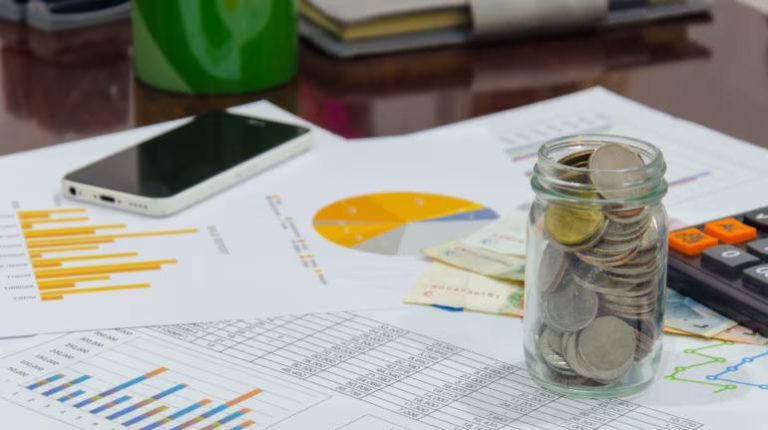
Govt proposes 5% and 18% GST slabs, tobacco & pan masala at 40%: Reports
The Goods and Services Tax (GST) structure is set to undergo a significant overhaul, with the government proposing two tax slabs of 5% and 18%, according to reports. The reports further indicate that sin goods like tobacco and pan masala will face a whopping 40% GST. The proposal has been reportedly sent to the GST Council.
The GST Council, which is the apex body responsible for making decisions on GST rates, has been considering various options to simplify the tax structure and reduce the complexity associated with it. The current GST structure has multiple tax slabs, ranging from 0% to 28%, which has led to confusion among taxpayers and businesses.
The proposed GST structure of 5% and 18% is expected to simplify the tax regime and make it more effective. The 5% slab is likely to cover essential goods and services, such as food, clothing, and healthcare, which are currently taxed at a lower rate. The 18% slab is expected to cover goods and services that are considered discretionary, such as luxury items and entertainment.
The 40% GST on sin goods like tobacco and pan masala is a significant increase from the current rate of 28% and is expected to have a significant impact on the demand for these products. Tobacco and pan masala are considered harmful to health and are often subject to additional taxes and regulations.
The proposal comes at a time when the government is looking to increase its revenue and reduce its fiscal deficit. The GST is a significant source of revenue for the government, and the proposed changes are expected to increase the tax collection.
The reports also suggest that the government is considering introducing a special GST rate for certain goods and services that are currently exempt from tax. This could include goods like real estate and certain financial services.
The proposed changes to the GST structure are expected to have a significant impact on businesses and consumers. Businesses that operate in multiple states will need to adapt to the new tax rates and may need to adjust their pricing strategies. Consumers will also need to adjust to the new tax rates and may see an increase in the prices of certain goods and services.
The government has been working to simplify the GST regime and make it more effective. The proposed changes are expected to achieve this goal and will likely be welcomed by businesses and consumers alike.
The GST Council is expected to discuss the proposal in its next meeting and is likely to take a decision on the new tax rates. The proposal is expected to come into effect from April 1, 2024, which is the beginning of the new financial year.






